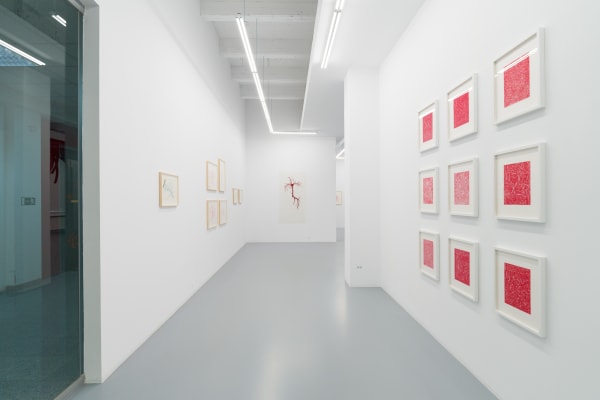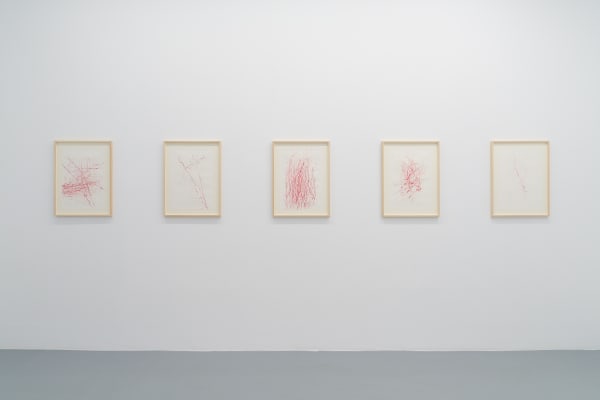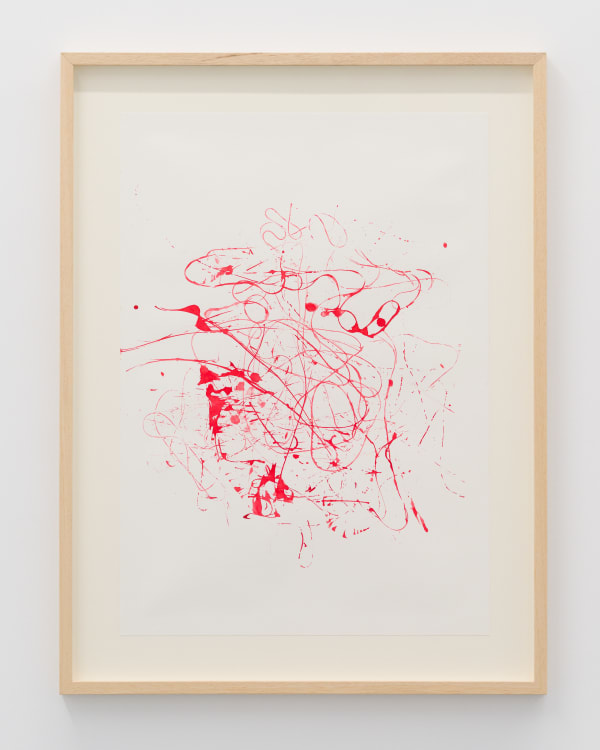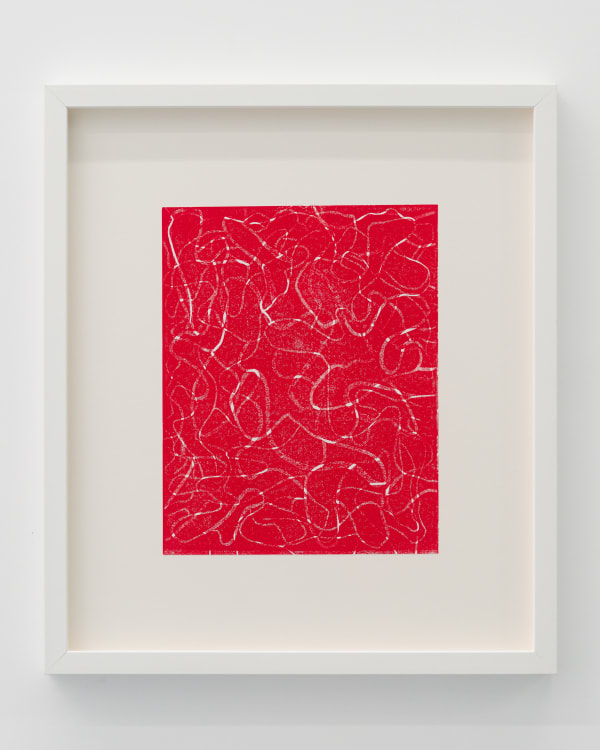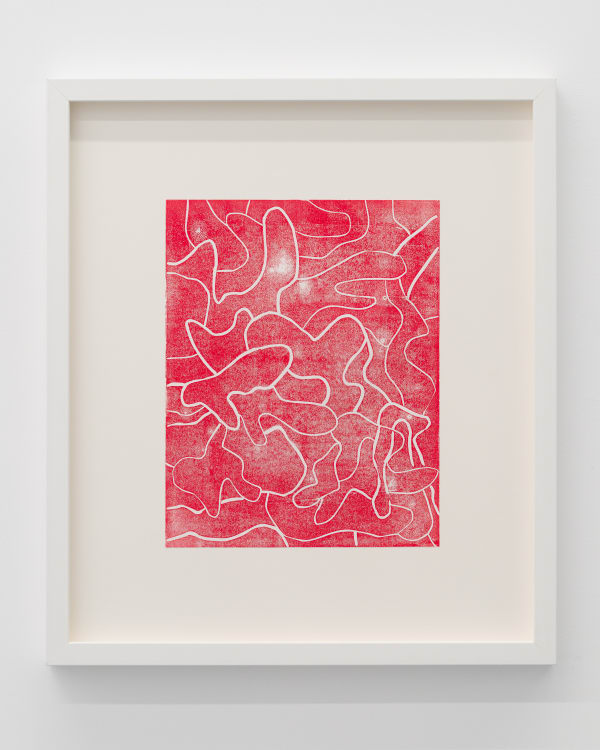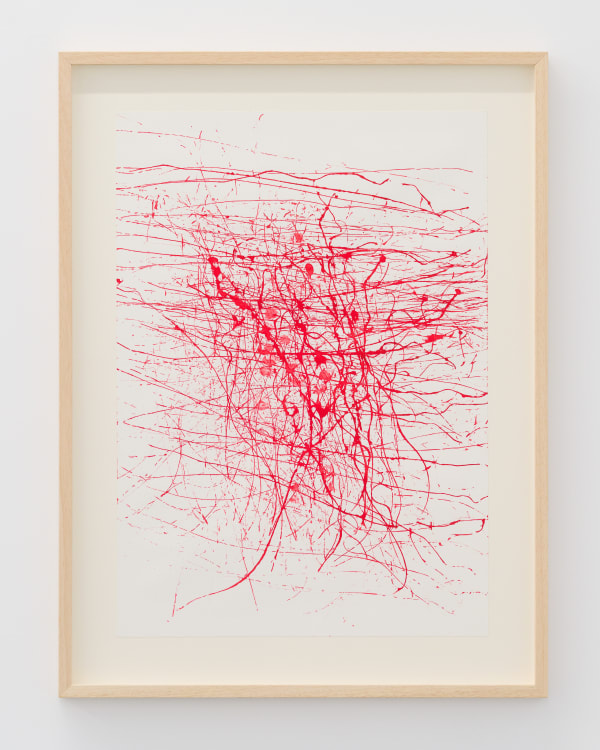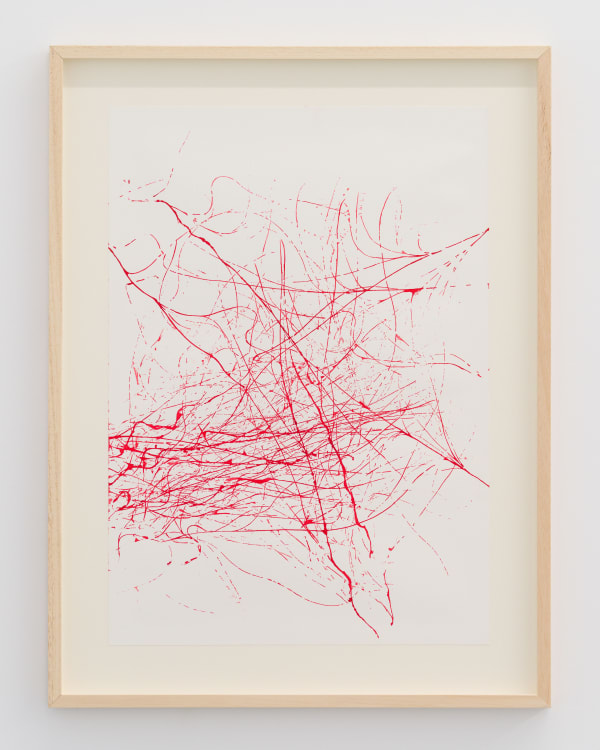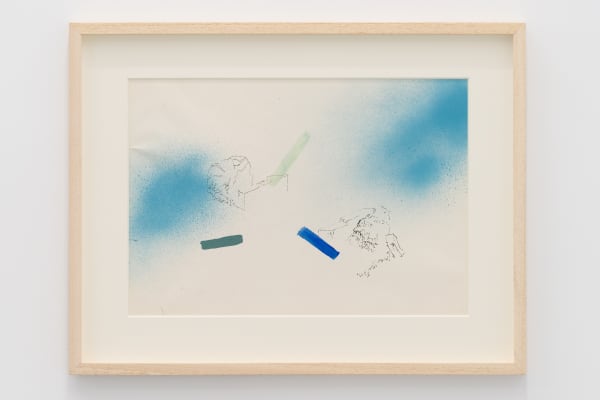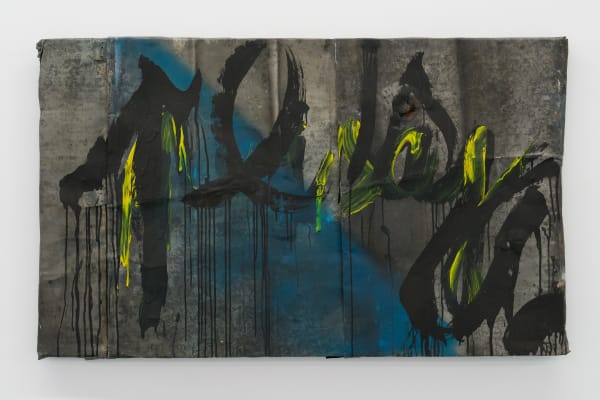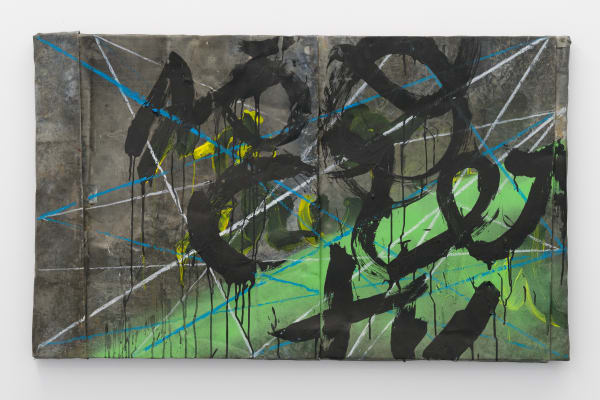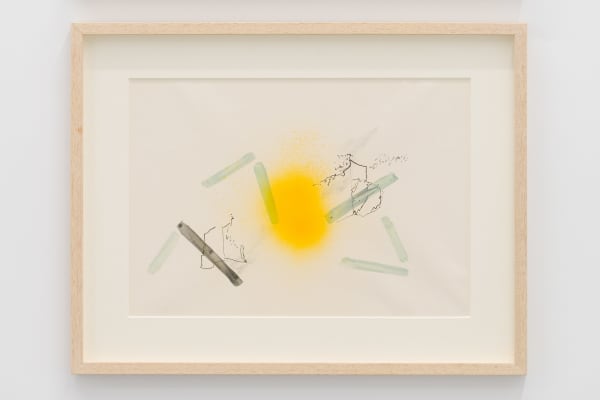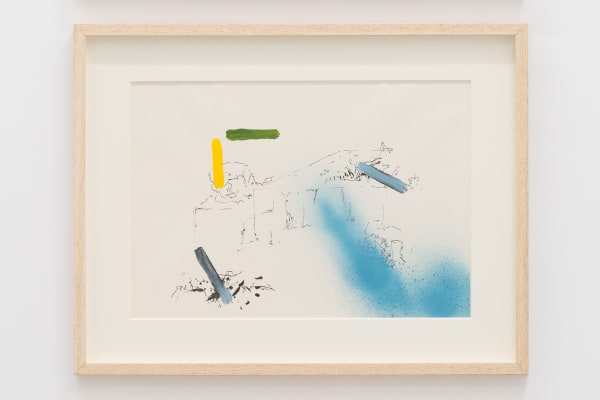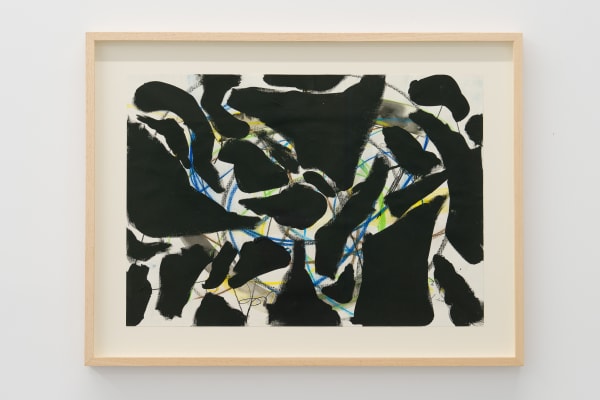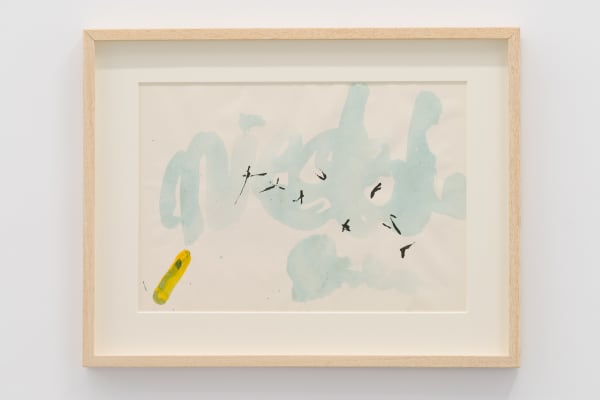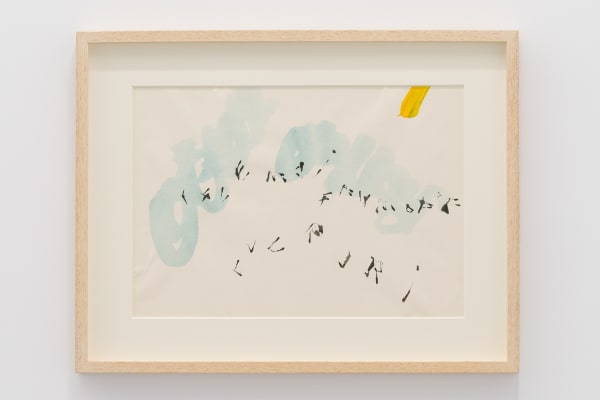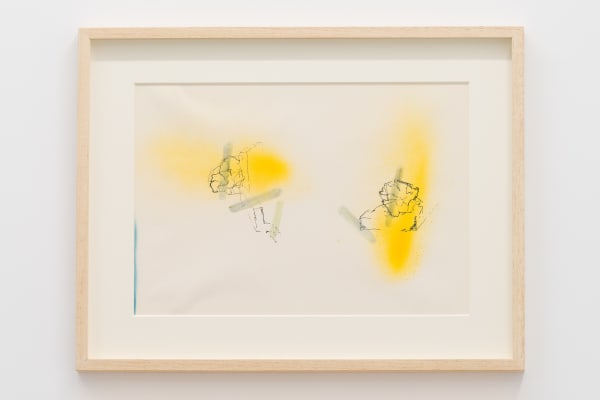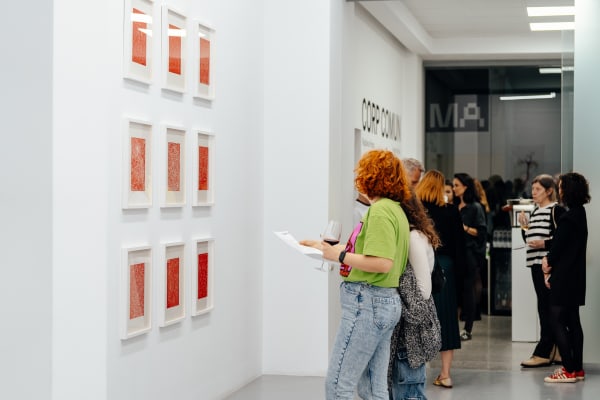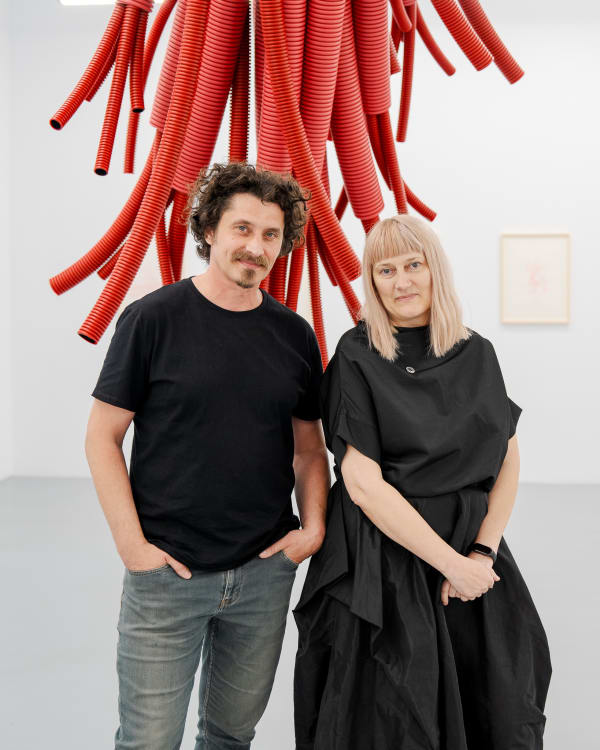Common Body: Magdalena & Bogdan Pelmuș
The "Common Body" exhibition presents a selection of recent works by the artist couple Magdalena and Bogdan Pelmuș, a synthesis of maturity in their artistic endeavors over the past 20 years of activity. Bringing together a series of objects and images, including drawings, paintings, ready-mades, and videos, it serves as a gesture of reflection and recovery of the fragility and vulnerability of the human body in the present.
Magdalena and Bogdan Pelmuș are among the artists active after 2000 whose practices are based on collaboration and artistic organization, engaging with new themes and mediums in their discourse, from performance and installation to the internet, happenings, and video. Their approach represents a significant contribution to the Romanian contemporary art scene over the past 20 years, standing out as an emblematic duo of survival in a post-communist artistic space marked by continuous transition.
They have developed a series of initiatives and actions questioning the major social, technological, and political shifts since 2000 and the effects of globalization in the Eastern Bloc. Starting in 2006, they have generated various forms of artistic self-organization and autonomy, from artist groups to artist-run spaces and various collective projects, including Sursa Group, Glocal History, Loading Open Lab, and Hybrid Manifestation. Alongside their career as an artistic duo, they have also continued their personal projects and exhibitions.
-
 Magdalena PelmușHuman Blood Map, 2023Woven beads on sheet189 x 100 cm
Magdalena PelmușHuman Blood Map, 2023Woven beads on sheet189 x 100 cm -
 Magdalena PelmușFlow 1, 2023Ink on paper60 x 42 cm.
Magdalena PelmușFlow 1, 2023Ink on paper60 x 42 cm.
23 5/8 x 16 1/2 in. -
 Magdalena PelmușFlow 2, 2023Ink on paper60 x 42 cm.
Magdalena PelmușFlow 2, 2023Ink on paper60 x 42 cm.
23 5/8 x 16 1/2 in. -
 Magdalena PelmușNoise (VIII), 2024Monotype - paper29 x 23 cm.
Magdalena PelmușNoise (VIII), 2024Monotype - paper29 x 23 cm.
11 3/8 x 9 in. -
 Magdalena PelmușNoise (VII), 2024Monotype - paper29 x 23 cm.
Magdalena PelmușNoise (VII), 2024Monotype - paper29 x 23 cm.
11 3/8 x 9 in. -
 Magdalena PelmușNoise (VI), 2024Monotype - paper29 x 23 cm.
Magdalena PelmușNoise (VI), 2024Monotype - paper29 x 23 cm.
11 3/8 x 9 in. -
 Magdalena PelmușNoise (V), 2024Monotype - paper29 x 23 cm.
Magdalena PelmușNoise (V), 2024Monotype - paper29 x 23 cm.
11 3/8 x 9 in. -
 Magdalena PelmușNoise (IX), 2024Monotype - paper29 x 23 cm.
Magdalena PelmușNoise (IX), 2024Monotype - paper29 x 23 cm.
11 3/8 x 9 in. -
 Magdalena PelmușNoise (IV), 2024Monotype - paper29 x 23 cm.
Magdalena PelmușNoise (IV), 2024Monotype - paper29 x 23 cm.
11 3/8 x 9 in. -
 Magdalena PelmușNoise (III), 2024Monotype - paper29 x 23 cm.
Magdalena PelmușNoise (III), 2024Monotype - paper29 x 23 cm.
11 3/8 x 9 in. -
 Magdalena PelmușNoise (I), 2024Monotype - paper29 x 23 cm.
Magdalena PelmușNoise (I), 2024Monotype - paper29 x 23 cm.
11 3/8 x 9 in. -
 Magdalena PelmușNoise (II), 2024Monotype - paper29 x 23 cm.
Magdalena PelmușNoise (II), 2024Monotype - paper29 x 23 cm.
11 3/8 x 9 in. -
 Magdalena PelmușFlow 3, 2023Ink on paper60 x 42 cm.
Magdalena PelmușFlow 3, 2023Ink on paper60 x 42 cm.
23 5/8 x 16 1/2 in. -
 Magdalena PelmușFlow 4, 2023Ink on paper60 x 42 x 3 cm.
Magdalena PelmușFlow 4, 2023Ink on paper60 x 42 x 3 cm.
23 5/8 x 16 1/2 x 1 1/8 in. -
 Magdalena PelmușFlow 5, 2023Ink on paper60 x 42 x 3 cm.
Magdalena PelmușFlow 5, 2023Ink on paper60 x 42 x 3 cm.
23 5/8 x 16 1/2 x 1 1/8 in. -
 Magdalena PelmușFlow 6, 2023Ink on paper60 x 42 cm.
Magdalena PelmușFlow 6, 2023Ink on paper60 x 42 cm.
23 5/8 x 16 1/2 in. -
 Magdalena PelmușFlow 7, 2023Ink on paper60 x 42 cm.
Magdalena PelmușFlow 7, 2023Ink on paper60 x 42 cm.
23 5/8 x 16 1/2 in. -
 Magdalena PelmușFlow 8, 2023Ink on paper60 x 42 cm.
Magdalena PelmușFlow 8, 2023Ink on paper60 x 42 cm.
23 5/8 x 16 1/2 in. -
 Magdalena PelmușFlow 9, 2023Ink on paper60 x 42 cm.
Magdalena PelmușFlow 9, 2023Ink on paper60 x 42 cm.
23 5/8 x 16 1/2 in. -
 Magdalena PelmușFlow 10, 2023Ink on paper60 x 42 cm.
Magdalena PelmușFlow 10, 2023Ink on paper60 x 42 cm.
23 5/8 x 16 1/2 in. -
 Magdalena PelmușBlood Map (I), 2023Ink on paper60 x 42 cm.
Magdalena PelmușBlood Map (I), 2023Ink on paper60 x 42 cm.
23 5/8 x 16 1/2 in. -
 Magdalena PelmușBlood Map (II), 202360 x 42 cm.
Magdalena PelmușBlood Map (II), 202360 x 42 cm.
23 5/8 x 16 1/2 in. -
 Magdalena PelmușBlood Map (III), 202360 x 42 cm.
Magdalena PelmușBlood Map (III), 202360 x 42 cm.
23 5/8 x 16 1/2 in. -
 Magdalena Pelmuș, Blood Map (IV), 2023
Magdalena Pelmuș, Blood Map (IV), 2023 -
 Bogdan PelmușFoundation (I), 2023Mixed technique - paper29 x 42 cm.
Bogdan PelmușFoundation (I), 2023Mixed technique - paper29 x 42 cm.
11 3/8 x 16 1/2 in.Signed & dated -
 Bogdan PelmușIntervention on unopened body (II) , 2023Mixed technique - paper29 x 42 cm.
Bogdan PelmușIntervention on unopened body (II) , 2023Mixed technique - paper29 x 42 cm.
11 3/8 x 16 1/2 in.Signed & dated -
 Bogdan PelmușLandscape, 2023Mixed technique - sheet metal80 x 131 x 5 cm.
Bogdan PelmușLandscape, 2023Mixed technique - sheet metal80 x 131 x 5 cm.
31 1/2 x 51 5/8 x 2 in.Signed & dated -
 Bogdan PelmușIntervention on unopened body (I) , 2023Mixed technique - paper29 x 42 cm.
Bogdan PelmușIntervention on unopened body (I) , 2023Mixed technique - paper29 x 42 cm.
11 3/8 x 16 1/2 in.Signed & dated -
 Bogdan PelmușYou believe it!, 2023Mixed technique - sheet metal80 x 131 x 5 cm.
Bogdan PelmușYou believe it!, 2023Mixed technique - sheet metal80 x 131 x 5 cm.
31 1/2 x 51 5/8 x 2 in.Signed & dated -
 Bogdan PelmușFoundation (V), 2023Mixed technique - paper29 x 42 cm.
Bogdan PelmușFoundation (V), 2023Mixed technique - paper29 x 42 cm.
11 3/8 x 16 1/2 in.Signed & dated -
 Bogdan PelmușFoundation (II), 2023Mixed technique - paper29 x 42 cm.
Bogdan PelmușFoundation (II), 2023Mixed technique - paper29 x 42 cm.
11 3/8 x 16 1/2 in.Signed & dated -
 Bogdan PelmușIntervention on unopened body (III), 2023Mixed technique - paper29 x 42 cm.
Bogdan PelmușIntervention on unopened body (III), 2023Mixed technique - paper29 x 42 cm.
11 3/8 x 16 1/2 in. -
 Bogdan PelmușDialogue (I), 2024Mixed technique - paper29 x 42 cm.
Bogdan PelmușDialogue (I), 2024Mixed technique - paper29 x 42 cm.
11 3/8 x 16 1/2 in. -
 Bogdan PelmușDialogue (II), 2024Mixed technique - paper29 x 42 cm.
Bogdan PelmușDialogue (II), 2024Mixed technique - paper29 x 42 cm.
11 3/8 x 16 1/2 in. -
 Bogdan PelmușDialogue (III), 2024Mixed technique - paper29 x 42 cm.
Bogdan PelmușDialogue (III), 2024Mixed technique - paper29 x 42 cm.
11 3/8 x 16 1/2 in. -
 Bogdan PelmușFoundation (IV), 2023Mixed technique - paper29 x 42 cm.
Bogdan PelmușFoundation (IV), 2023Mixed technique - paper29 x 42 cm.
11 3/8 x 16 1/2 in. -
 Bogdan PelmușFoundation (III), 2023Mixed technique - paper29 x 42 cm.
Bogdan PelmușFoundation (III), 2023Mixed technique - paper29 x 42 cm.
11 3/8 x 16 1/2 in.
-
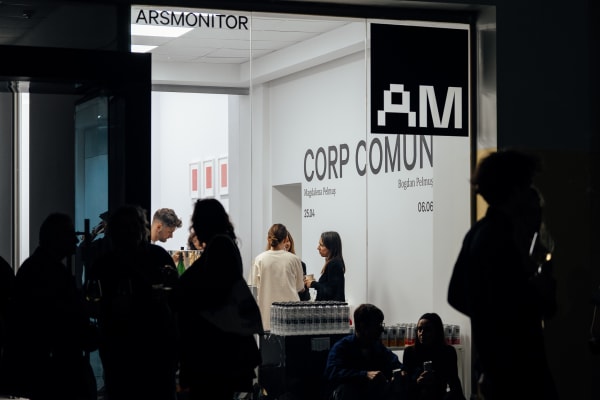
Common Body featured in OFLUXO
May 27, 2024We are pleased to announce that the exhibition Common Body has been selected to be featured in OFLUXO. The 'COMMON BODY' exhibition presents a selection...Read more -
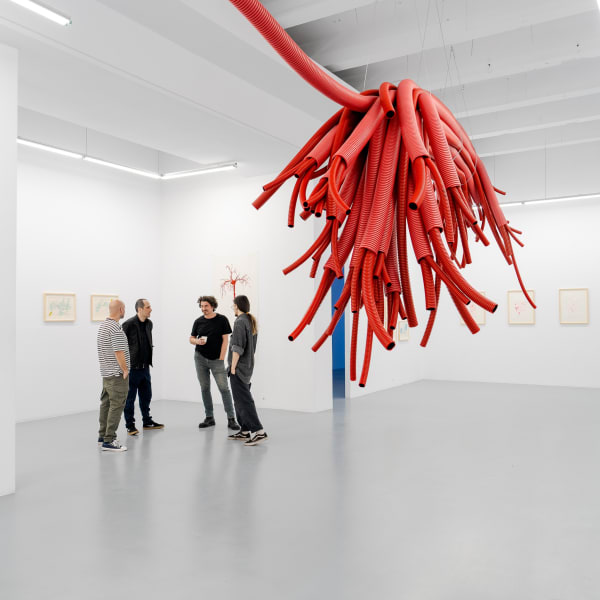
Common Body featured in Artviewer.net
May 23, 2024We are pleased to announce that the exhibition Common Body has been selected to be featured in Artviewer. The 'COMMON BODY' exhibition presents a selection...Read more
-
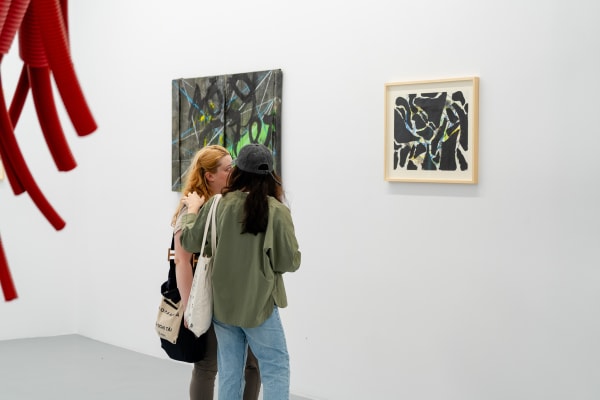
Common Body featured in Contemporary Art Issue
May 8, 2024We are pleased to announce that the exhibition Common Body has been selected to be featured in Contemporary Art Issue (CAI). Arsmonitor Bucharest is pleased...Read more -
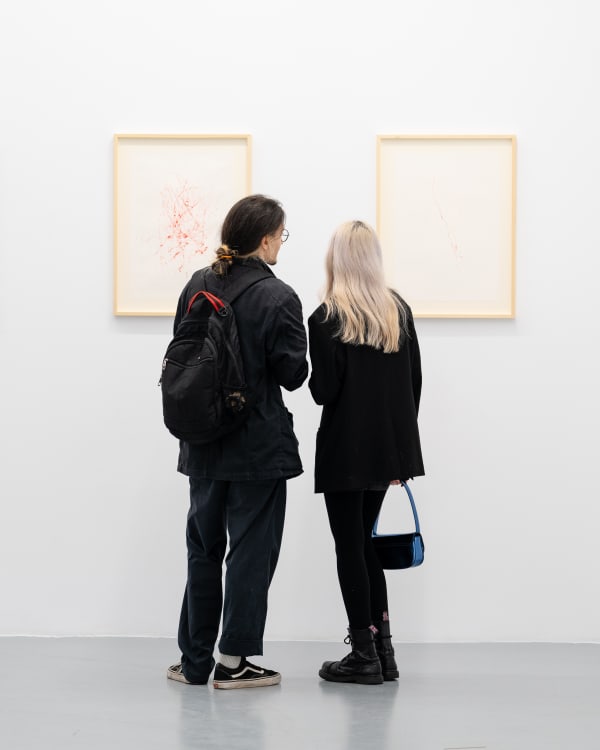
Common Body Press Release in Observator Cultural
Magdalena and Bogdan Pelmuș are exhibiting "Common Body" at Arsmonitor April 26, 2024Magdalena and Bogdan Pelmuș, one of the most significant artist couples in Bucharest, are presenting 'Corp Comun' at Arsmonitor. The curatorial program of Arsmonitor art...Read more
-
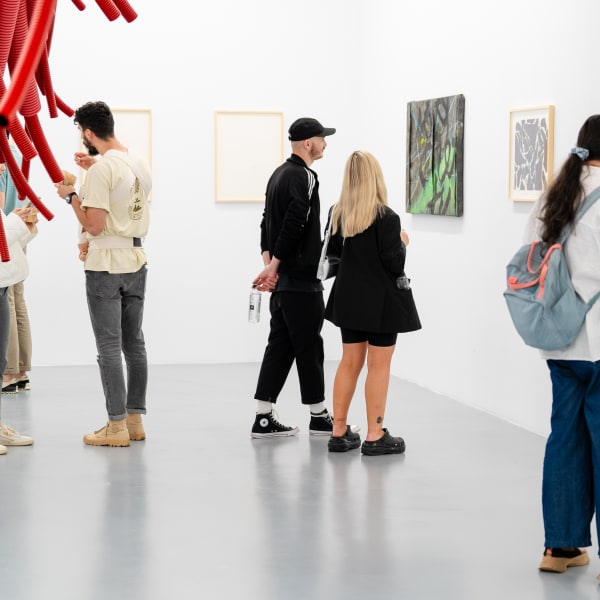
Common Body Press Release in URBAN
Arsmonitor has opened a new exhibition dedicated to the artist couple Magdalena and Bogdan Pelmus. "Corp Comun" can be visited until June 6th April 26, 2024The curatorial program of the Arsmonitor art gallery continues with a new duo show dedicated to the artist couple Magdalena and Bogdan Pelmuș. The exhibition...Read more -

Common Body Press Release in Business Review
One of the most important couples of artists Magdalena and Bogdan Pelmuș exhibit “Corp Comun” (Common Body) at Arsmonitor April 24, 2024The curatorial program of the Arsmonitor art gallery continues with a new duo-show dedicated this time to the artist couple Magdalena and Bogdan Pelmus. The...Read more
-
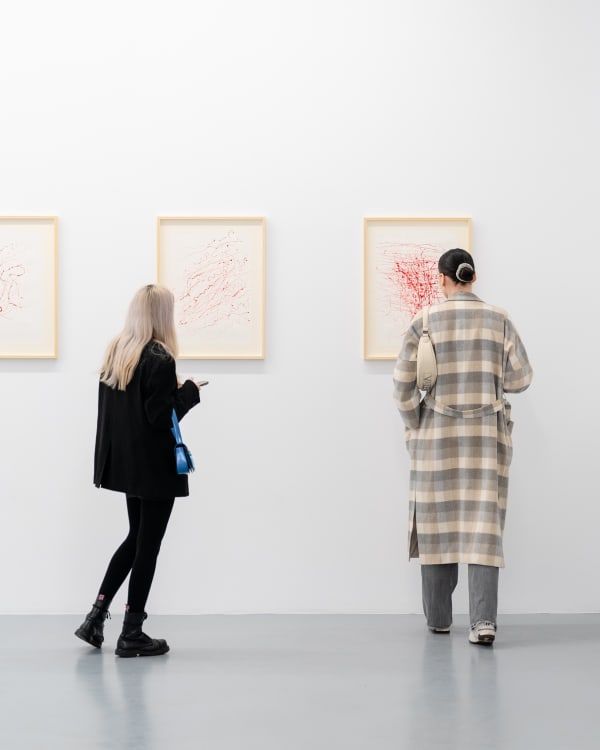
Common Body press release in iQads
One of the most important artist couples, Magdalena and Bogdan Pelmuș, are exhibiting "Corp Comun" at Arsmonitor April 23, 2024Magdalena and Bogdan Pelmuș, one of the most significant artist couples in Bucharest, are presenting 'Corp Comun' at Arsmonitor. The curatorial program of Arsmonitor art...Read more -
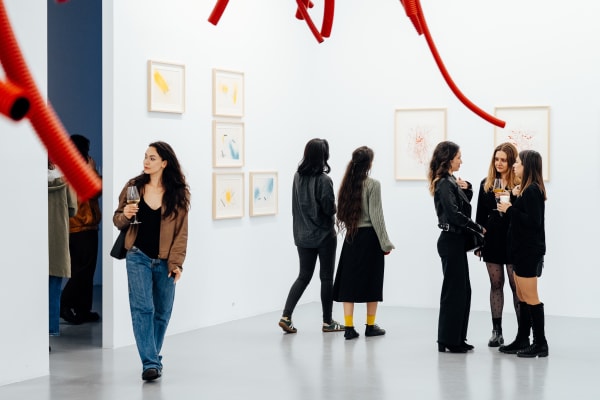
Common Body press release in Revista Biz
One of the most important artist couples, Magdalena and Bogdan Pelmuș, are exhibiting "Corp Comun" at Arsmonitor April 22, 2024The curatorial program of the Arsmonitor art gallery continues with a new duo show, this time dedicated to the artist couple Magdalena and Bogdan Pelmuș....Read more

